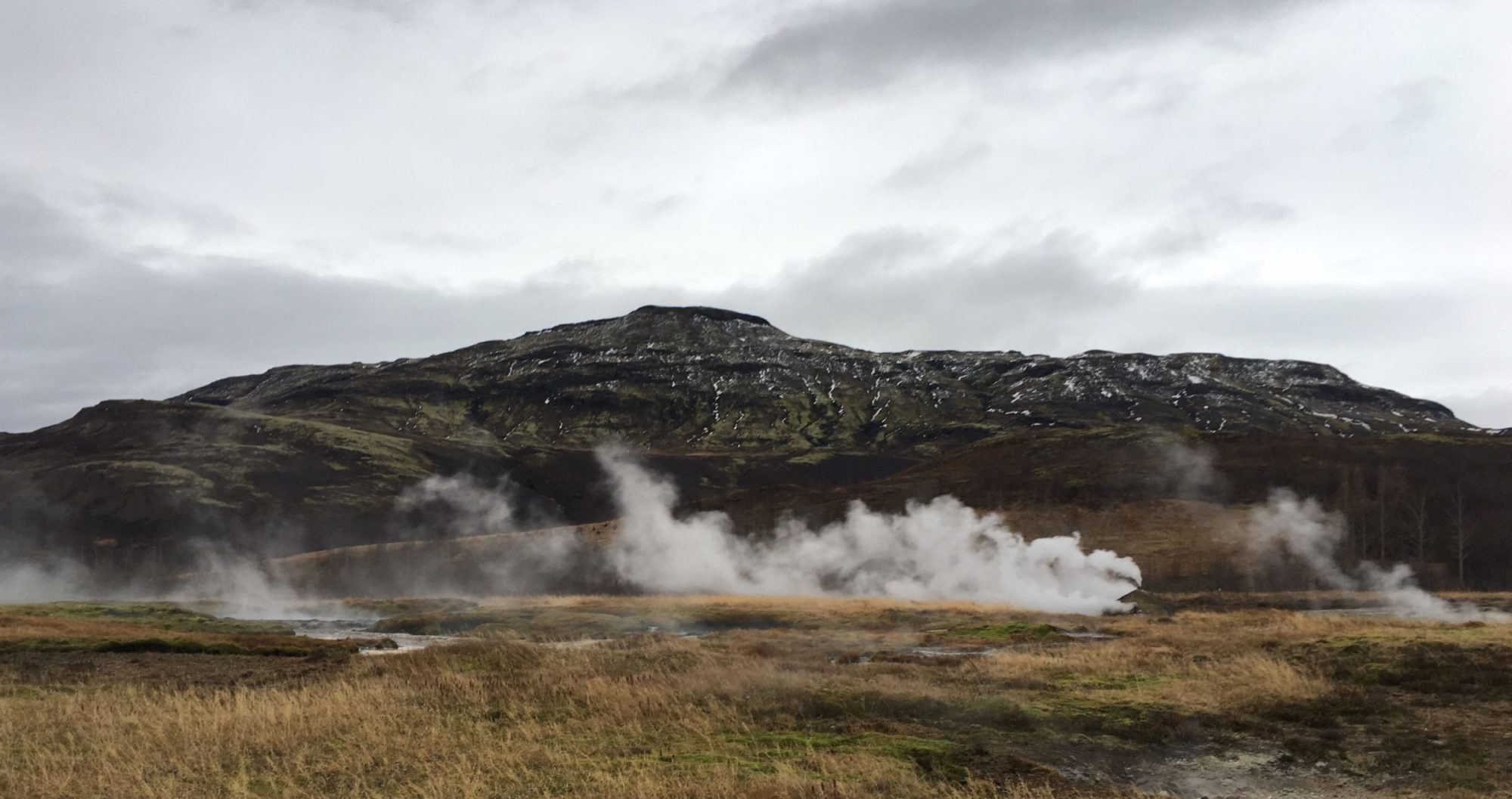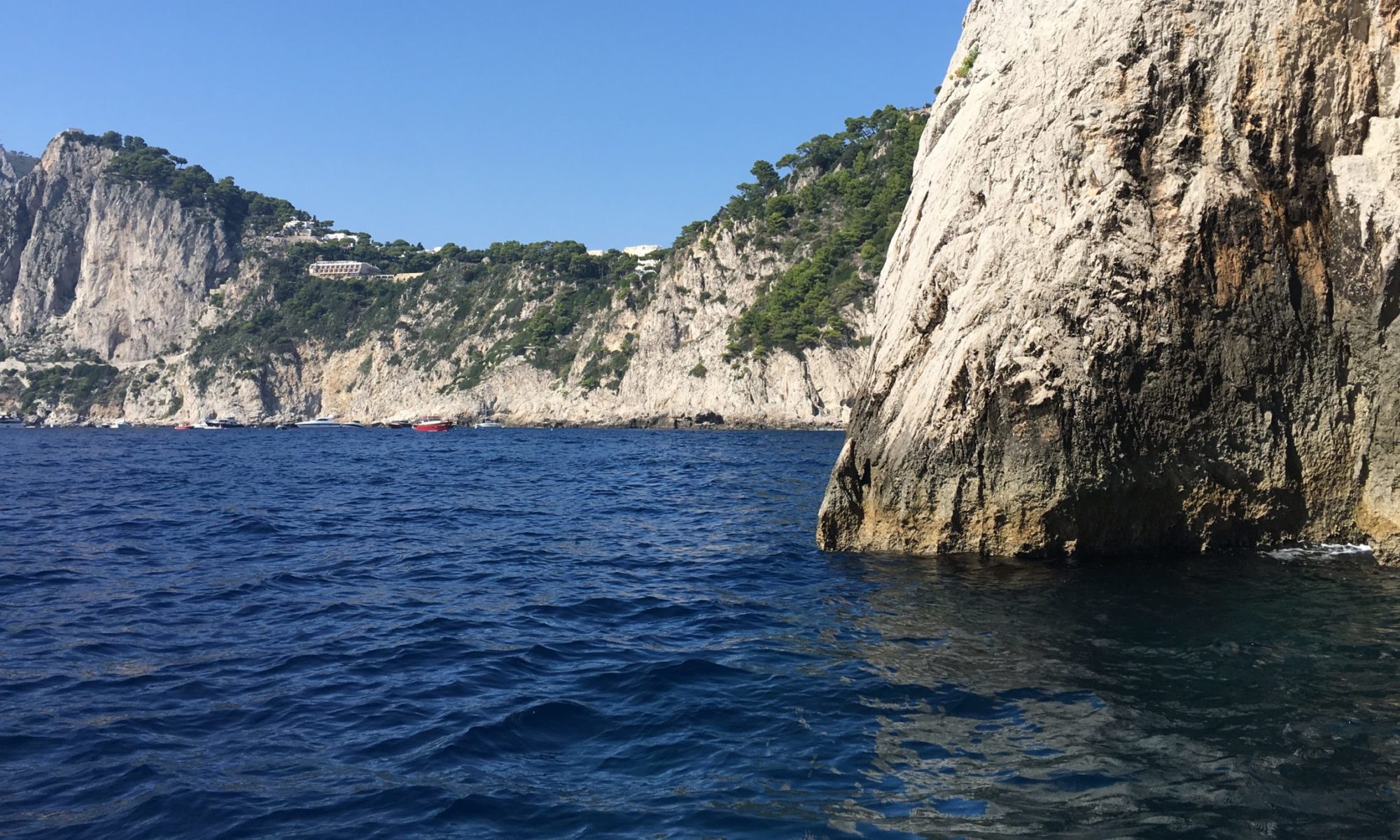This chapter explores the physiology and risks associated with going to the depths of the ocean.
The Physics of Pressure
The main issue experienced by these deep sea divers is the accumulation of pressure. The deeper the dive, the more pressure and weight of water pressing down on the individual. This increased pressure has profound effects on the diver.
Early Diving Gear
The earliest divers used diving bells and sealed diving vessels. However, this became problematic since water replaced the air that escaped from the edge of the bell, and the volume of the air decreased as the pressure increased deeper in the ocean. Later, diving suits were invented which consisted of a heavy open helmet that was supplied with compressed air via a leather hose. These suits were used for plenty of years, but put the diver at risk of drowning if the diver fell over and water entered the helmet. This later led to the invention of a sealed diving suit.
Caisson Sickness and the Bends
Uniform decompression… is needlessly slow at the beginning and usually dangerously quick near the end.
Caissons were tunnels with compressed air used for construction of bridge foundations underwater. After construction workers returned to atmospheric pressure, they noticed symptoms of itchy skin and severe pains in the limbs that prevented the ability of straightening joints, known as the ‘bends’. In worse cases, the worker would become rapidly paralyzed, lose consciousness, and die, all within minutes. This is caused by the formation of bubbles in the blood as a result of the dissolving of gases in the blood from the decompression of air too quickly, primarily triggered by nitrogen. Depending on where the bubbles are in the body, problems include the blockage of blood vessels, cell death, difficulty breathing (‘chokes), reduced balance (‘staggers’), paralysis, and brain damage. This can be prevented by a slow ascent to allow dissolved gases to be excreted from the lungs.
The Reaction to Water Immersion
There is no longer a force of gravity upon entering water, so blood in the body is redistributed and shifted upward, ultimately increasing the cardiac output. Real life example: people rescued from the sea must be lifted horizontally from the water to prevent blood redistribution and potential cardiac arrest. The increased cardiac output stretches the partial wall which effects water uptake and stimulates urine production. Real life example: the feeling of needing to pee immediately after entering the water. Further, the heart rate is slowed and the diving reflex is initiated. The diving reflex is the instant heart rate drop accompanied by vasoconstriction.
Sinking versus Breathing
The human body is naturally buoyant as it has a similar density to that of water. In order to get deeper into the ocean, one must actively swim downwards or add weights. The deeper the individual is, the denser she is since the air in the lungs becomes more compressed, making the individual less buoyant and quicker to sink. Real life example: divers need to be hauled out by an assistant from deeper waters.
Nitrogen Narcosis
Nitrogen can have dangerous effects on the human body in the deep ocean. Nitrogen narcosis is the nitrogen intoxication that produces feelings of elation, mental agility, detachment from reality, and eventually loss of consciousness. This issue causes many deaths each year and is responsible for the advisory diving limit of 30 meters with compressed air. An individual can be recovered via immediate decompression. Pure oxygen also presents problems as it can act as a toxin to the body. Helium has recently been used with oxygen, heliox, to prevent these risks associated with nitrogen, maximizing the limit to 200 meters. Exotic gases can allow a diver to reach almost 400 meters.
Long-term Dangers of Deep Sea
There is a general agreement that divers who have suffered severe decompression sickness may sustain lasting neurological damage, but the jury is still out…
The exposure to high pressure can result many issues including disabling pains in joints, bone damage, hearing loss, and potentially brain damage.
Animal Adaptations
Sperm whales do not get the bends. Marine mammals reduce the amount of nitrogen that dissolves in their tissues by breathing out before diving. As a result, the air sacs in the lungs are collapsed and do not allow for more gases to enter the bloodstream. Additionally, diving mammals can hold their breath for longer. This is due to the larger blood volume and higher oxygen carrying capacity. These mammals also have a higher level of creatine phosphate in their muscles which acts as an energy supply. Further, oxygen is bound to myoglobin and stored in the muscles, so the overall oxygen supply lasts longer in these animals.

